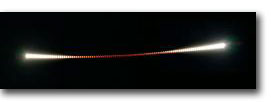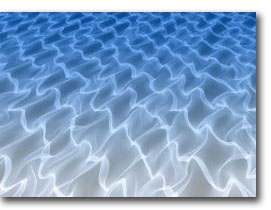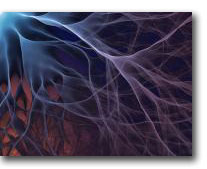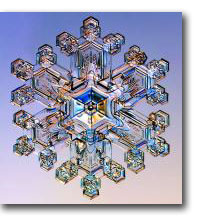Total Lunar Eclipse
xantox, 27 February 2007 in GalleryOther Languages:
Timelapse photo of the total lunar eclipse of October 27, 2004.1 Celestial bodies orbiting around a star cast shadows, which may partially or totally obscure other bodies aligned behind them, “eclipsing” the star from their viewpoint (from Greek ekleipein, “failing to appear”).
Given their short duration, eclipses are amongst the phenomena where cosmic scale dynamics may be perceived most dramatically. In the picture, the moon’s curved path is primarily due to Earth’s rotation, and to a small extent to the lunar motion in its elliptical orbit around the Earth. During the totality stage the Moon appears red, because Earth’s atmosphere scatters sunlight and only red wavelengths are refracted into the shadow. An observer on the moon would see a bright ring of red light, coming from all simultaneous Earth’s sunrises and sunsets.2
A total lunar eclipse will happen Saturday, March 3, 2007, and will be visible from Europe, Africa, Western Asia and Eastern America.
- Picture © Forrest J. Egan, Digital Astro [↩]
- Eclipse seen from the moon, Surveyor 3 mission, 24 April 1967 (artificial color) © NASA [↩]






